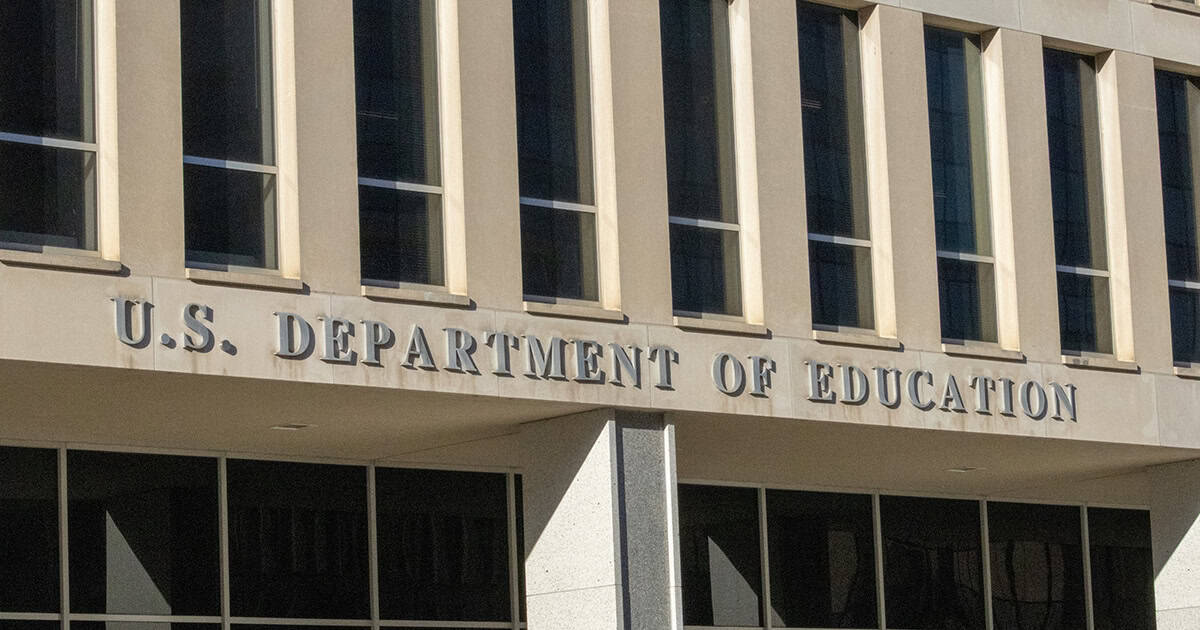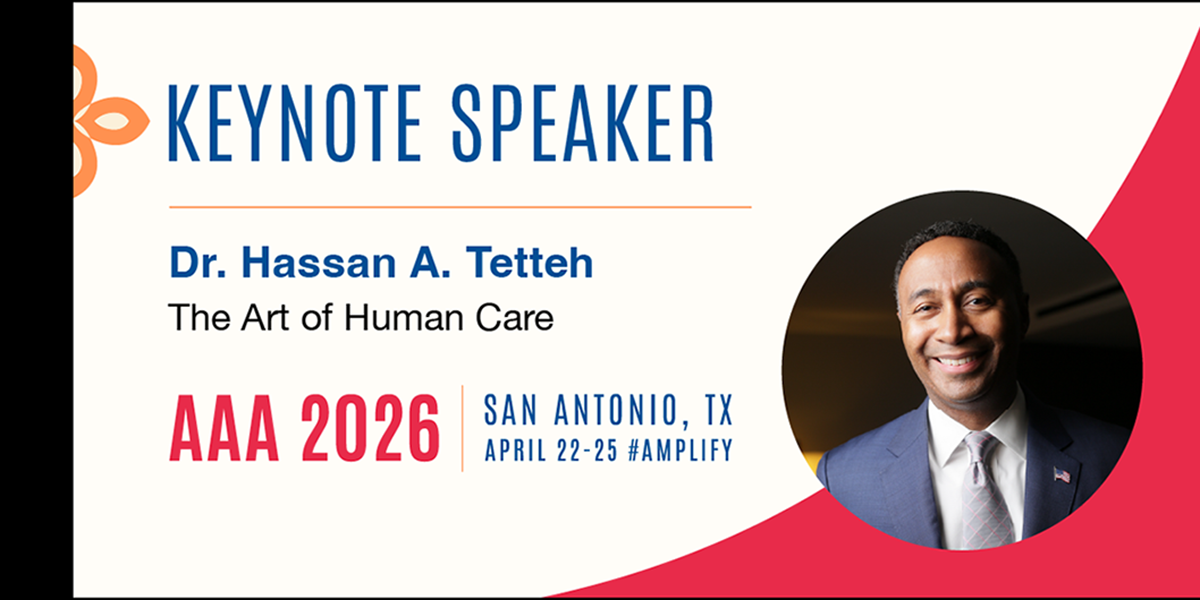For decades, audiologists have known that children with unilateral hearing loss (UHL) do not compensate with their normal-hearing ear, and have more difficulty with language development when compared to their peers with typical hearing in both ears. We also know children with UHL have improved outcomes when they are fit with hearing devices and receive intervention for any speech, language, or communication difficulties when appropriate (Briggs et al, 2011). Recently, Brodie and colleagues (2024) investigated differences in hearing devices and speech therapy utilization between children with confirmed unilateral hearing loss and those with bilateral hearing loss.
A retrospective cohort study was completed on 382 children with documented unilateral and bilateral hearing loss at a pediatric children’s hospital. All children were eligible for d/Deaf and hard of hearing services via early intervention, or if older than three, at their local school district. The patients represented an ethnically diverse and publicly insured population ranging from 0 to 15 years of age. There were no major demographic differences between the children, nor the rates of failed newborn hearing screening. Specifically, there were no significant differences in gender, ethnicity, insurance status, primary language, hearing loss severity in the poorer hearing ear, or age at speech therapy initiation between children with unilateral versus bilateral hearing loss.
Analyses revealed that the children with bilateral hearing loss were identified at a younger age when compared to children with unilateral hearing loss, even though both groups had similar severity of hearing loss in their poorer hearing ear. The mean age at identification for children with bilateral hearing loss was approximately 1.5 years earlier than the children with unilateral hearing loss. Additionally, those with unilateral hearing loss were significantly less likely to be fitted with hearing devices (53 percent versus 78 percent) or receive speech-language therapy (36 percent versus 54 percent) as compared with children with bilateral hearing loss.
The authors conclude that, for the same level of hearing in the poorer hearing ear, children with UHL are still less likely to receive technology or speech therapy, and that there are still significant areas of improvement to be studied in our efforts to serve children with UHL.
References
Briggs L, Davidson L, Lieu JE. (2011) Outcomes of conventional amplification for pediatric unilateral hearing loss. Ann Otol Rhinol Laryngol 120(7):448–454.
Brodie KD, Florentine MM, Taketa E, Ho M, Chan DK. (2024) Differences in hearing devices and speech therapy utilization between children with permanent unilateral versus bilateral hearing loss. Ear Hear 45(3):563–571
Recent Posts
Academy Joins National Push for Inclusive Loan Rules for Health Professions
Late last month, the Academy signed onto a letter to the Department of Education and the Reimagining and Improving Student Education (RISE) rulemaking committee urging…
Discover the Art of Human Care with Dr. Hassan A. Tetteh
Be sure to grab a front row seat at the AAA 2026 Opening General Session on Thursday, April 23, from 9:45–11:30 am, featuring Dr. Hassan A. Tetteh—surgeon,…
Protect Audiology Licensure in Utah
The Utah Office of Professional Licensure Review (OPLR) has recommended a drastic change that would eliminate professional licensure for audiologists and speech-language pathologists and replace…


